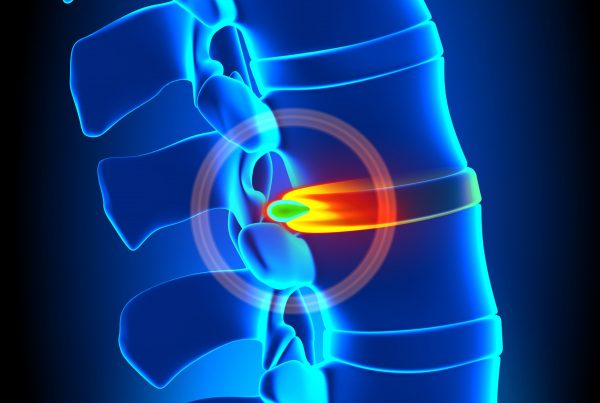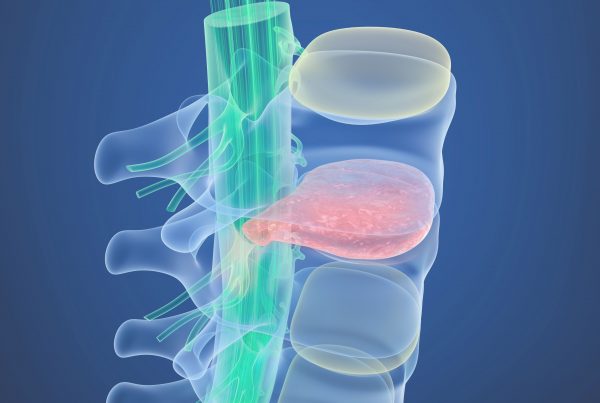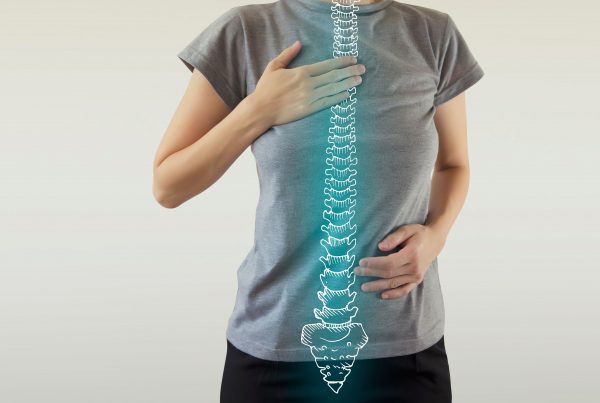What is Ankylosing spondylitis?
Ankylosing spondylitis is an inflammatory type of condition in the group of spondyloarthropathies that progresses over time, causing vertebrae to fuse and other areas to be inflamed. This makes the spine less flexible and results in a hunched forward posture. It usually starts in the lower back, often in the sacroiliac joint, with erosion of joint margins and progressive calcification of interspinous ligaments, producing the bamboo spine presentation and works its way up to the neck. Eventually vertebrae can fuse together.
ANKYLOSING SPONDYLITIS SYMPTOMPS
You may experience some or all the following:
- Gradual onset over months, years.
- Pain/ stiffness worse in the morning > 30 minutes.
- Pain after sitting for long time.
- Rigid spine, curved forward.
- Joint swelling and inflammation.
- On and off relapse/remit pattern.
- Back pain and stiffness.
- Enthesitis: junction of ligament or tendon to bone, common in Achilles and plantar fascia.
- Watch out for lower back, shoulders, hands, ribs, hips, thighs, feet and heels.
- Tiredness and fatigue.
- Additional symptoms in eyes: 40% get uveitis, eye inflammation with blurred vision, sensitivity to light, heart valve problems, tiredness, shortness of breath, although rarer.
ANKYLOSING SPONDYLITIS CAUSES
- Age. It tends to affect young teenagers and young adults.
- Gender. It is more common in men (ratio 2:1), in women it tends to be milder.
- Genes. There is a link with a gene that makes a protein called HLA-B27. This attacks some bacteria in your body and sets off the symptoms.
- It can go and is often undiagnosed for years.
ANKYLOSING SPONDYLITIS DIAGNOSES
Diagnosis of Ankylosing spondylitis can be difficult because this condition has a slow develop and there’s no definitive test.
The most common test are:
GP first approach:
- what symptoms you’re experiencing
- when they started
- how long you’ve had them
Blood tests
To check for signs of inflammation in your body.
Imagery test
- an X-ray
- a MRI scan
- an ultrasound scan
Genetic testing
A genetic blood test shows if you carry the HLA-B27 gene, which is found in most people with AS.
ANKYLOSING SPONDYLITIS TREATMENTS
Medical
Your GP will refer to a specialist rheumatologist for further tests. Medications are available, prescribed by specialists, along the lines of sulfasalazine methotrexate, NSAIDS at night, TNF blocking drugs short term in active inflammatory disease.
Surgery
To repair damaged joints or correct severe curvature but is possible but uncommon.
Hands on
Treatment involves exercises to reduce pain and stiffness. Physiotherapy, massage, manipulation to improve flexibility.
Cold packs on inflammation, heat on stiffness and tightness.
Timeline
There is no cure and it’s not possible to reverse the damage but you can relieve the symptoms and prevent or delay progression. For some there is improvement after the phase of inflammation, for others it can get progressively worse. Complications are possible: osteoporosis, gastrointestinal disorders, cardiovascular disease, chest infections. Most people are able to live a normal life with maintenance treatment.
We can help you!

DIAGNOSE

CONDITIONS

TREATMENTS
Treatments that can help
Here are some treatments that can help with Ankylosing spondylitis:
- Massage (Soft Tissue)
Help decompress the nerve impingement due to tight muscles - Osteopathy
Helps restore normal movement due to misalignment and decompress nerve impingement - Physiotherapy/Sports Therapy
Helps stabilise weak areas and restore normal movement - Acupunture
Helps to loosen up the tissue decompress the nerve impingement in tight muscles





